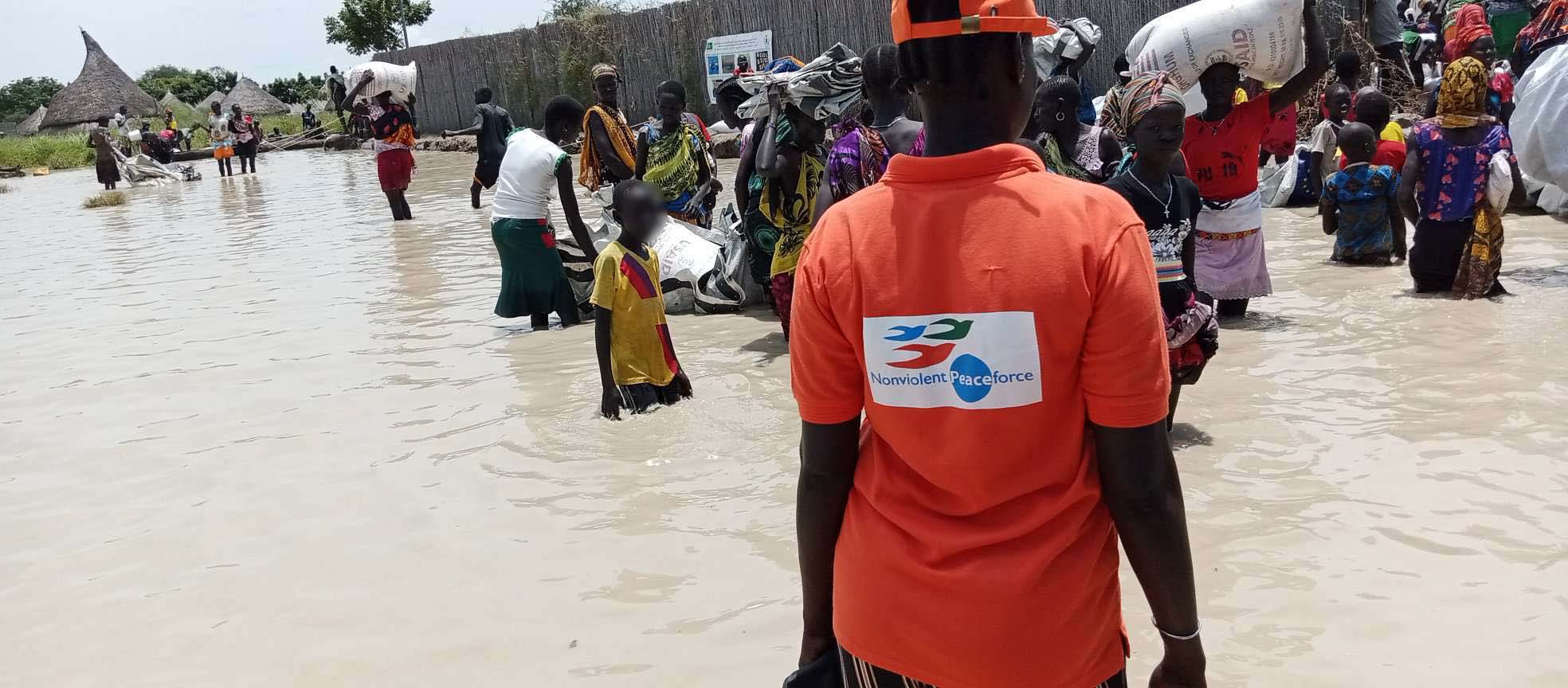Climate change, conflict, and the protection of civilians are intimately connected. The way that the climate crisis erodes our physical environment quickly cascades into an erosion of human security, stressing relationships, economic and social safety nets, and development. Across the world, communities are struggling with the ways that these challenges exacerbate one another – climate threats compounding conflict, conflict impeding responses to climate, and amidst it all, civilians struggling with an onslaught of threats to their safety, wellbeing, and livelihoods.
Amid these compounding crises, it is essential that civilian protection responses recognise and are responsive to the interconnected nature of climate and conflict threats, and centre local civilian leadership. This sensitivity must also include moving away from militarised, violent responses, which often exacerbate the very problems they seek to address and create carbon emissions at massive scale. We need alternative pathways that are premised on the interconnections between people, security, and planet.
Unarmed Civilian Protection is one such pathway already being implemented in communities facing these interconnected threats.
This work is already happening, led by communities currently facing the multiplied threats of climate and conflict crisis.
In addition, Unarmed Civilian Protection practices have long been used to protect those who are seeking to protect the planet.

You must be logged in in order to leave a comment